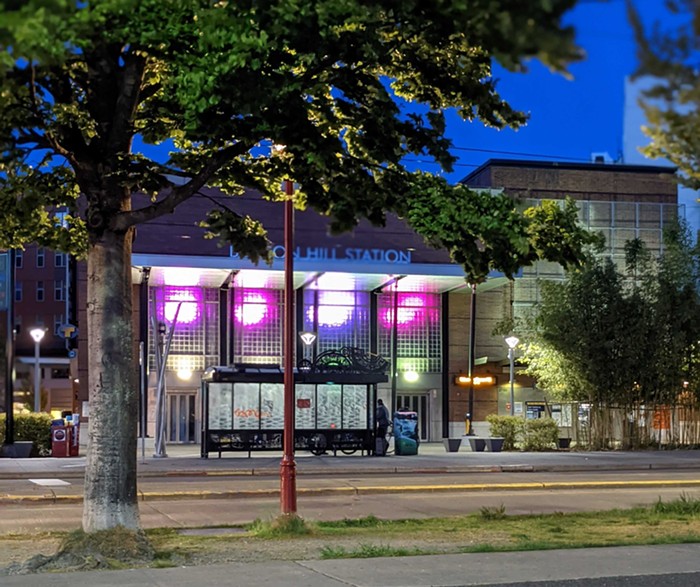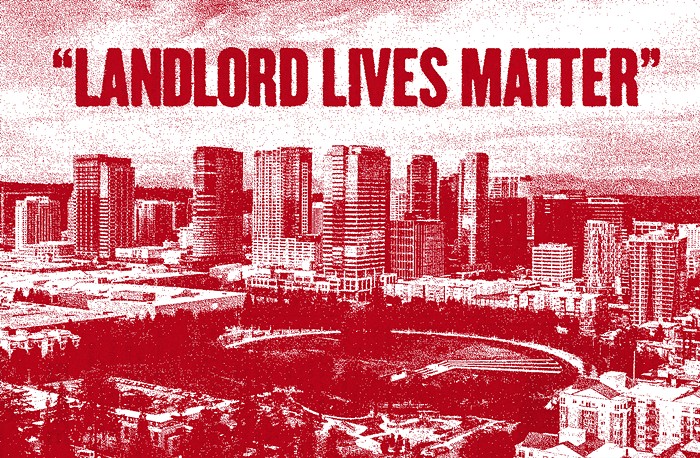
What is philosophy good for? Spinoza, a 17th century Dutch philosopher, provides an answer. But before explaining one of his concepts, which concerns the ultimate purpose of reason, I want to put this image in your head, which originated close to Watsomba, a "growth point" (as developmental economists called it) in the Zimbabwean province of Manicaland. It is around 1983, and the day is coming to an end on a small farm. In the distance, hills and balancing rocks. Near the farm's house, a very disturbing situation: A boy (14-years-old or so), who is a little daft (life in the rural areas can block the human intelligence), and is hitting a cow repeatedly with a big stick. A few minutes before this bad beating business began, the boy was trying to lead the cow into a kraal, or livestock enclosure. But for no apparent reason, the cow stopped and refused to move. And so, at dusk, the daft stick-wielding boy is striking this cow, which moans in pain with each blow.
Eventually, the boy's family, alerted by the commotion, leave the farmhouse and approach him. They can't make sense of what is going on. Why is he punishing this poor cow? What has she done? Dusk deepens. The boy's older brother asks, "Man, what is this about?" The boy replies, "It is so stubborn, this thing. It will not listen to me. It just wants to stay right where it is. I will teach it a good lesson." He whacks it again. The cow moans again. The older brother looks at his younger brother, then all around the cow, and discovers the cow's foot is stuck in the barbed wire of a fallen section of the farm's fence. If the cow moves, the barbed wire punctures and hurts her right front limb. If she does not move, the daft boy hurts her rump. The older brother frees the cow from the barbed wire, and she runs away from a disturbing moment she will never forget.
Now, this incident—the daft boy and the unfortunate cow—parallels that of many homeowners in Seattle, in regards to the consequences of homelessness.
Take for example this KIRO story, "Seattle cracks down on property owners who post signs to deter homeless RVs," from November of 2018. It is not, sadly, exceptional. There is not a week that passes that something like this isn't reproduced in one way or other. The industrious among us, these reports claim, are caught in a Darwinian struggle in the urban jungle. They are alone. The city is run by clueless liberals. They (the industrious and sober) have no choice but to do what the government refuses to do. In this case, it's placing unauthorized "no-parking" signs to keep the RVs away from their homes/investment.
What the virtuous homeowner sees: the animal in an RV. What they do not see: the reason why a human is in an RV. Urban RV-living is, according to the upright homeowner, purely a matter of stubbornness. These sorts want to live this way in much the same way a turtle lives in a shell.
What's to be done? Confront the problem directly. Take action NOW! Put "no-parking" signs all up in HERE! But, when this response is seen from the wider and, to use a word beloved by the great Spinoza, more adequate position (the mode of higher reasoning derived from recognizing the longer chain of events that lead to a specific situation in the present—the more you see of this chain of causes, the closer you are to god, according to Spinoza), what you will find is little to no difference between these unauthorized "no-parking" signs and the homeowner/Safe Seattle/Nextdoor anger that mainstream media is keen to report at every opportunity, that boy whacking the cow in the Watsomba dusk.
But the boy was a bit better in an important respect: He had an older brother to show him that the problem is not the cow as such but the fence it's stuck in. The homeowner in Seattle, one of the richest cities in the world, appears to have no access to a view that can improve their reasoning and direction of action. They continue to daftly whack and whack the poor humans in RVs or tents.



















